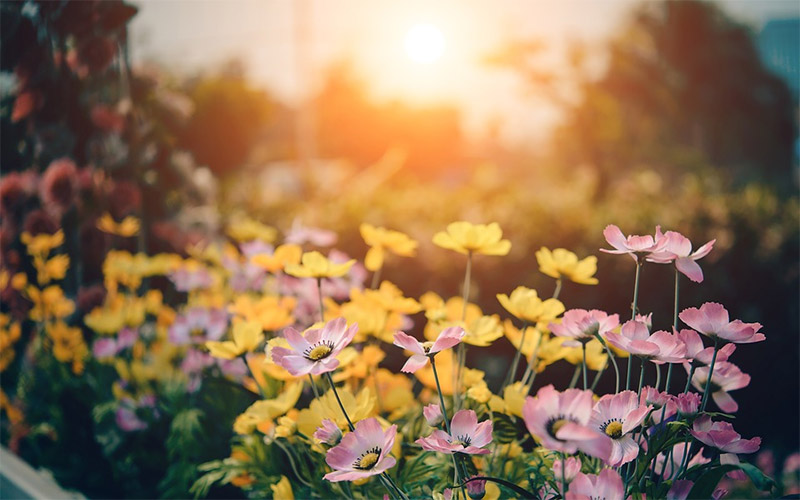
Photo by toodlingstudio / Pixabay license
Spring is a great time for landscape and nature photography, with lots of new life and some spectacular colors. If you want to capture beautiful landscape photos, spring is the perfect time to do it.
Of course, spring means colorful flowers and tree blossoms. You’ll also find vivid and vibrant greens as new leaves and plants begin to grow before the heat of summer. As the snow melts in high elevations, rivers, streams, and creeks flow down with an increased volume of water. That extra water often leads to waterfalls that are flowing generously, rather than the trickle that you may find during the summer or fall months at some waterfalls.
It’s also a lot of fun to get out in the spring. Most of us spend too much time indoors during the cold months of winter, so it’s always exciting to be able to get out and enjoy the fresh air.
As you head out to capture your own photographs this spring, here are a few tips that can help you to get the best results.
1. Plan Ahead
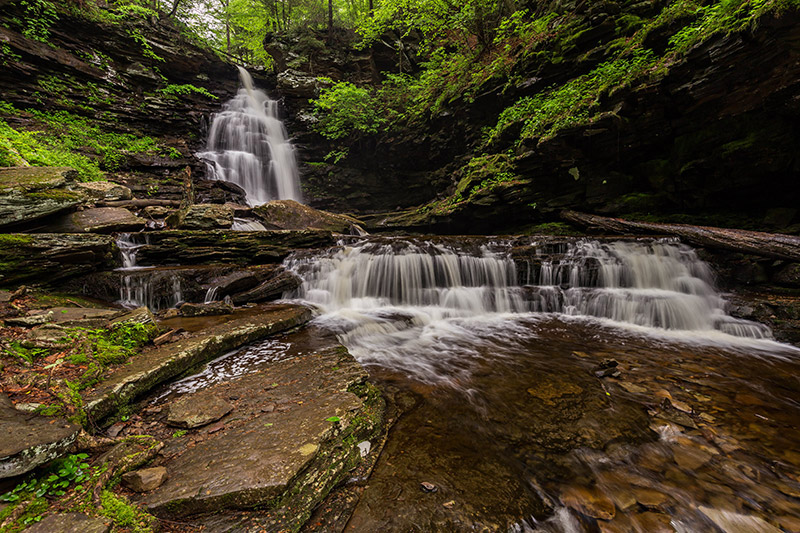
Photograph by Marc Andre
Although spring presents some great opportunities, you need to plan ahead or you’ll miss some of the best opportunities. Those opportunities will depend on where you live, or where you are traveling. Here in Pennsylvania, my favorite spring photography subjects are the creeks and waterfalls that are flowing nicely. I’ve found that May and early June is generally a good time to photograph. The water level is usually decent, and by that time the trees and plants have a vibrant green color that looks great in the background of a waterfall.
Flowers are possibly the most popular thing to photograph during the spring, and with good reason. Different flowers bloom at different times, and, of course, that can vary a bit each year depending on the weather and temperature. Although there is some variance, you can still plan ahead by researching the windows of time that specific flowers will be blooming at a particular location. I know that early June is a good time to photograph at a wildflower preserve in my area, but the exact dates will vary a little depending on the year.
Planning ahead won’t guarantee that the conditions are perfect on a specific day, but you can narrow it down and give yourself the best chance of timing it right.
→ Related reading: Tips for Planning a Photography Outing
2. Be Ready to Move Quickly
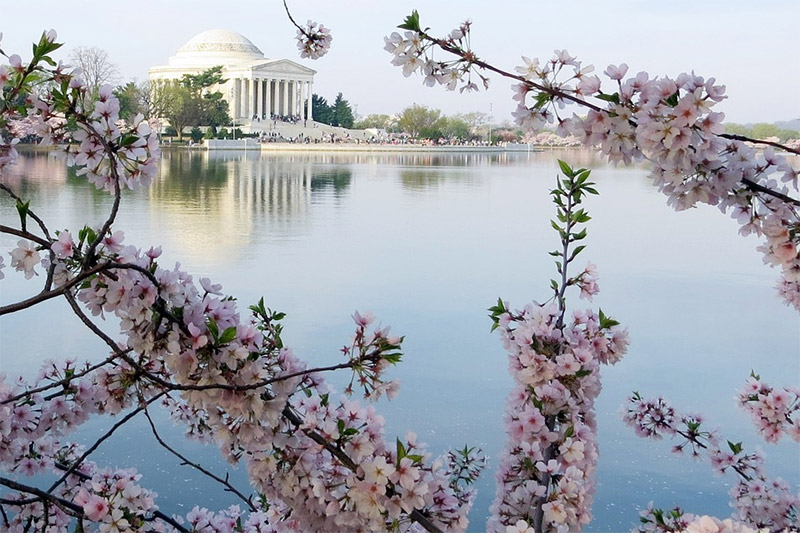
Photo by alankotok / Pixabay license
Once you’ve planned ahead and you’ve narrowed down the dates that are likely to be ideal for what you want to shoot, be ready to move quickly when the time is right. For example, the cherry blossoms in Washington, DC draw huge crowds every spring, but it’s impossible to plan ahead and know exactly when the peak time will occur. If you want to get the timing just right, you’ll need to be willing and able to move quickly when the conditions are ideal.
This is possible if you’re photographing a location close to where you live, but it’s harder and not as practical if you’re planning a trip. If that’s the case, most of the time you’ll need to narrow it down as best as you can and hope that the timing of your trip is good.
3. Be Prepared with the Right Gear
Another way that you need to be prepared is in terms of the gear and clothing that you have with you. Spring months are often rainy, so it’s a good idea to have some sort of rain cover or sleeve to protect your gear.
A polarizer is also something you’ll want to have with you. This could be true for other times of the year, but the polarizer can help a few different ways in the spring. It can help you to get vibrant colors and to get some nice contrast between the white clouds and blue sky. A polarizer is also extremely useful for cutting the glare coming off of water or wet rocks that are surrounding a river or waterfall.
I love bringing waders with me during the spring. Since I photograph a lot of creeks and waterfalls in the spring, I can wade into the cool water and keep myself dry thanks to my waders. They make it possible for me to get better angles and perspectives compared to just staying out of the water.
It’s also a good idea to have layers of clothes that you can add or remove. The temperature can change and you may need to add or remove a layer to stay dry.
→ Related reading: 13 Accessories That Should Be in Every Landscape Photographer’s Camera Bag
4. Mix It Up
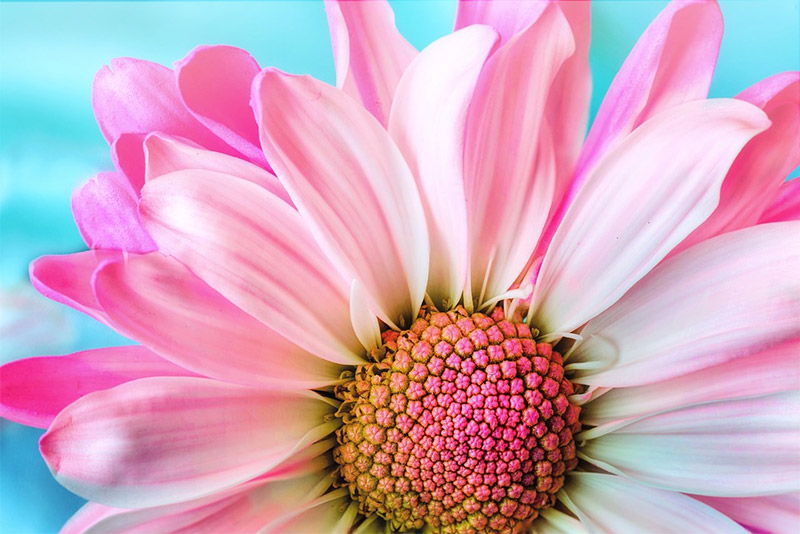
Photo by Jill111 / Pixabay license
Spring landscape and nature photos can come in a lot of different varieties. For example, flowers can be photographed close up, or they can be included as one part of a larger landscape scene. Try to change things up and take a variety of different types of photos rather than getting stuck creating too many photos that are very similar.
5. Use Flowers for Foreground Interest
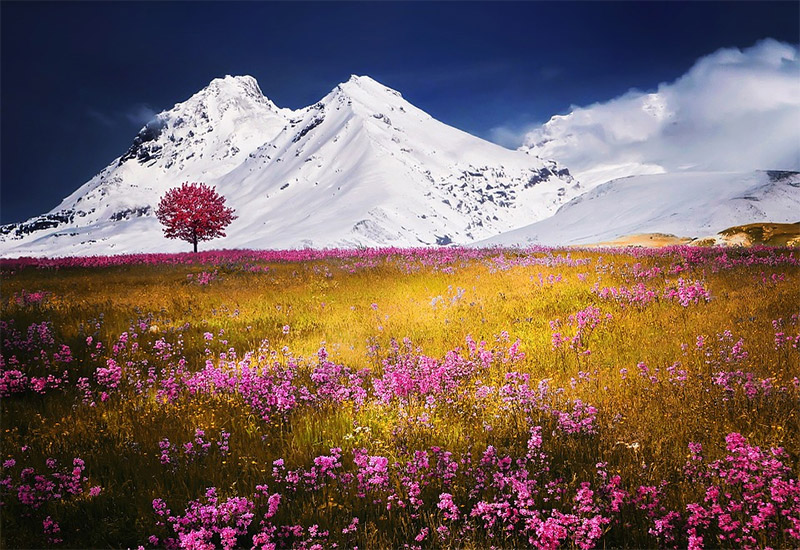
Photo by Bess-Hamiti / Pixabay license
One of the most basic tips for landscape photography is to include some sort of foreground interest in your composition. There are all kinds of different possibilities here, but flowers can make an excellent source of foreground interest. You just need to find a composition that is interesting while having the flowers located in the foreground.
→ Related reading: How to Use Foreground Elements in Compositions
6. Don’t Be Afraid of the Rain
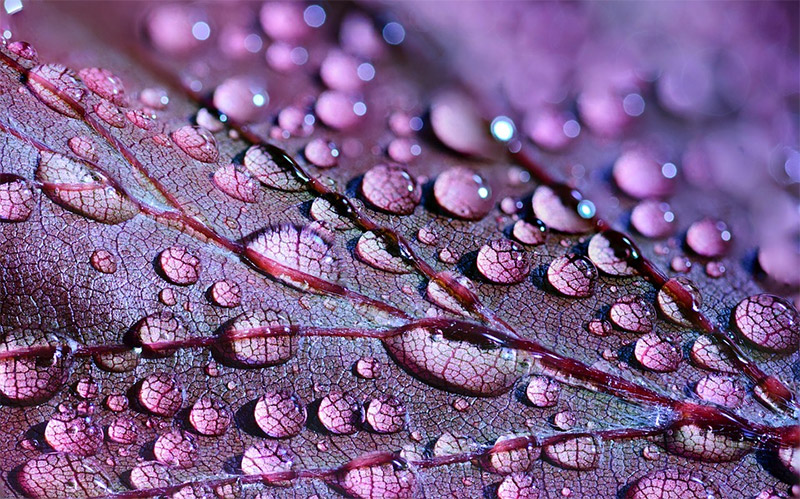
Photo by cristi21tgv / Pixabay license
Spring can be rainy, but don’t let a little bit of rain stop you from getting out and photographing. The rain can bring some great opportunities, and you can also find nice lighting and rainbows after some storms.
If you’re photographing in forests or under tree cover, overcast days usually offer the best lighting. A little bit of light rain is usually fine. Most of the waterfalls I photograph are under tree cover, so if I see light rain in the forecast I’m happy with that. I’d much rather photograph waterfalls during rain than in harsh sunlight.
→ Related reading: 8 Things to Photograph on Rainy Days
7. Embrace Color, But Don’t Go Overboard in Post Processing
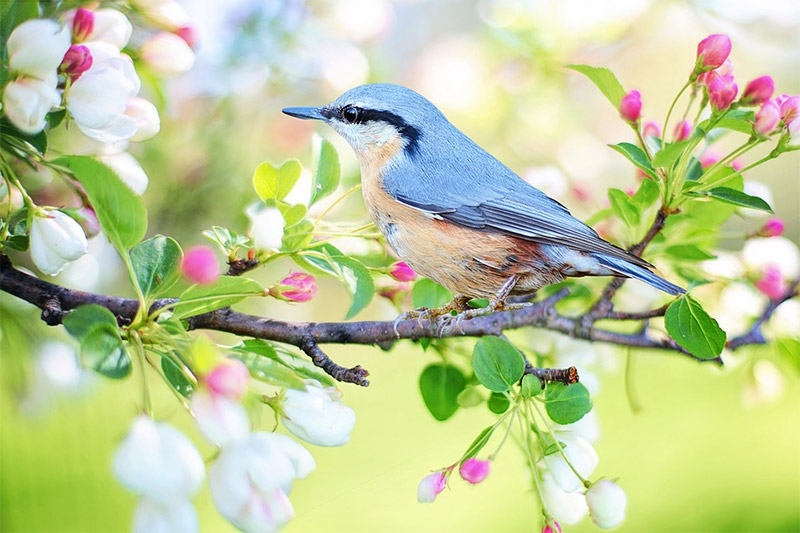
Photo by jill111 / Pixabay license
Color is essential to spring landscapes, so embrace the color and look for opportunities to include and feature color in your compositions. But be careful with the colors during post processing. There is a fine line between vibrant colors and unrealistic, overdone colors.
The vibrance and saturation sliders in Lightroom will have a big impact, but you can also use the HSL sliders to get precise control over specific colors. If you want to learn more about post processing, see our Lightroom for Landscapes video course.
8. Look for Details
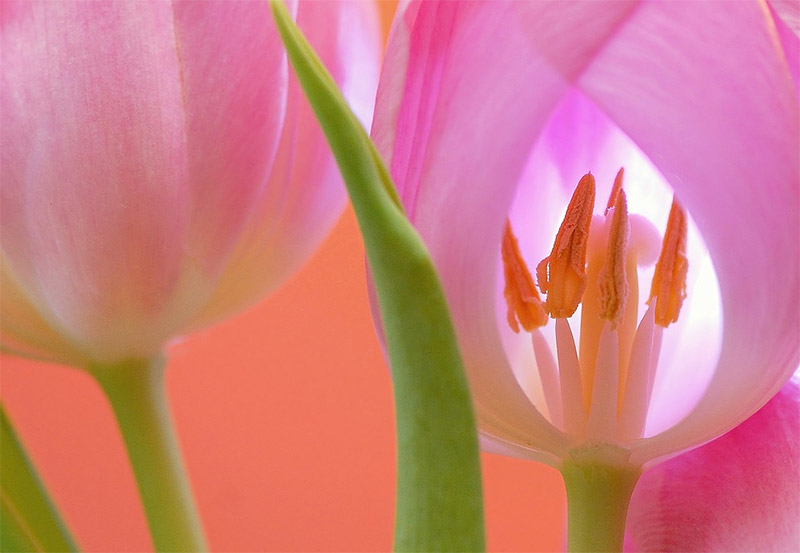
Photo by Soorelis / Pixabay license
When you’re photographing, it’s easy to get caught up looking for certain things in a composition and forget to look for fine details. Intimate scenese and close ups are a great opportunity for your spring photos. Get close to a plant or tree and find a composition that works. You can also to the same thing with creeks as they flow around rocks, or any number of other subjects.
9. Get Low
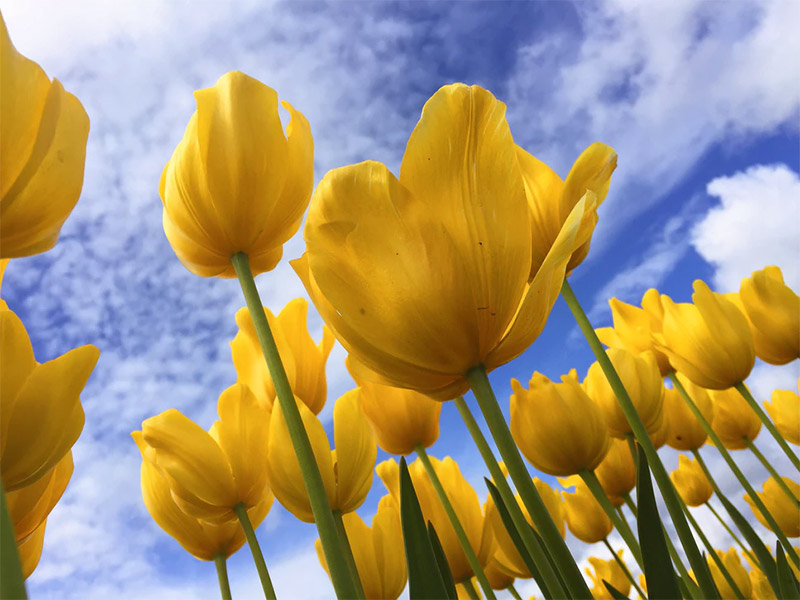
Photo by Melissa Askew / Unsplash license
If you’re photographing flowers, one of the best ways to get unique, powerful photos is to get low. Don’t photograph everything from eye level. Find a unique angle or perspective that works well with the subject.
10. Don’t Forget About Wildlife
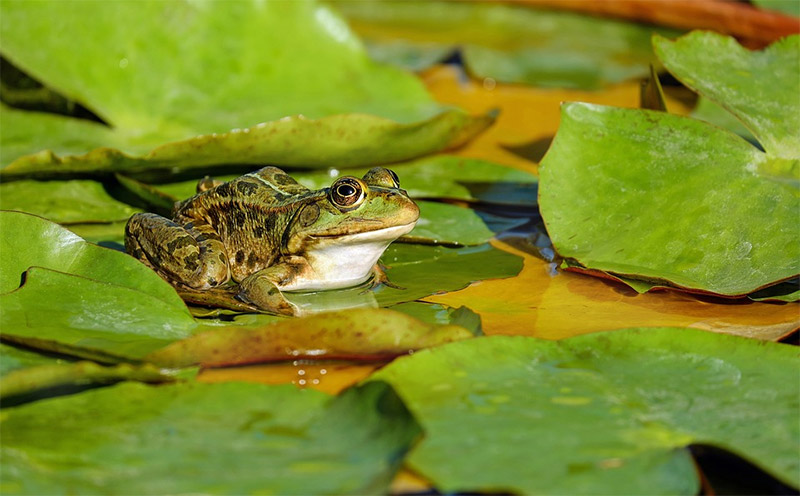
Photo by Couleur / Pixabay license
So far we’ve talked a lot about landscape and nature photos, but another great option for the spring is wildlife. If you enjoy photography birds, spring is an ideal time to do it. There are also a lot of other animals that start to become more active in the spring, so there are plenty of opportunities. You may be able to find birds or other wildlife at a local park, or head to a wildlife preserve to find some other opportunities.
→ Related reading: How and Where to Photograph Songbirds
Enjoy your spring photography! Keep these tips in mind and I think you’ll be pleased with the results.
Photo license links: Pixabay license, Unsplash license
Password Unzip : Freepreset.net
The file is compressed using Zip or Rar format...please use Winrar to extract this file
If you found the link was error , please comment !!!